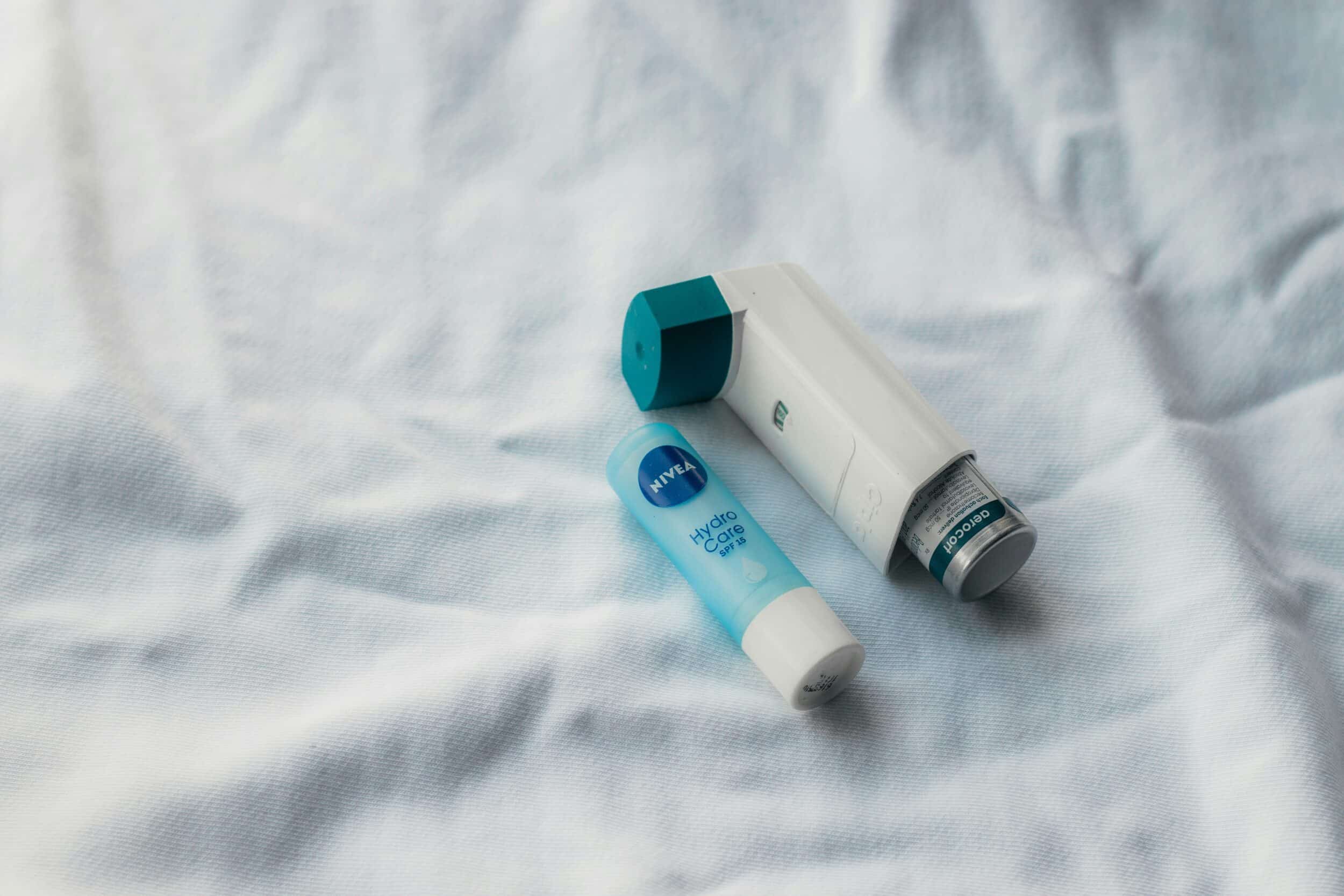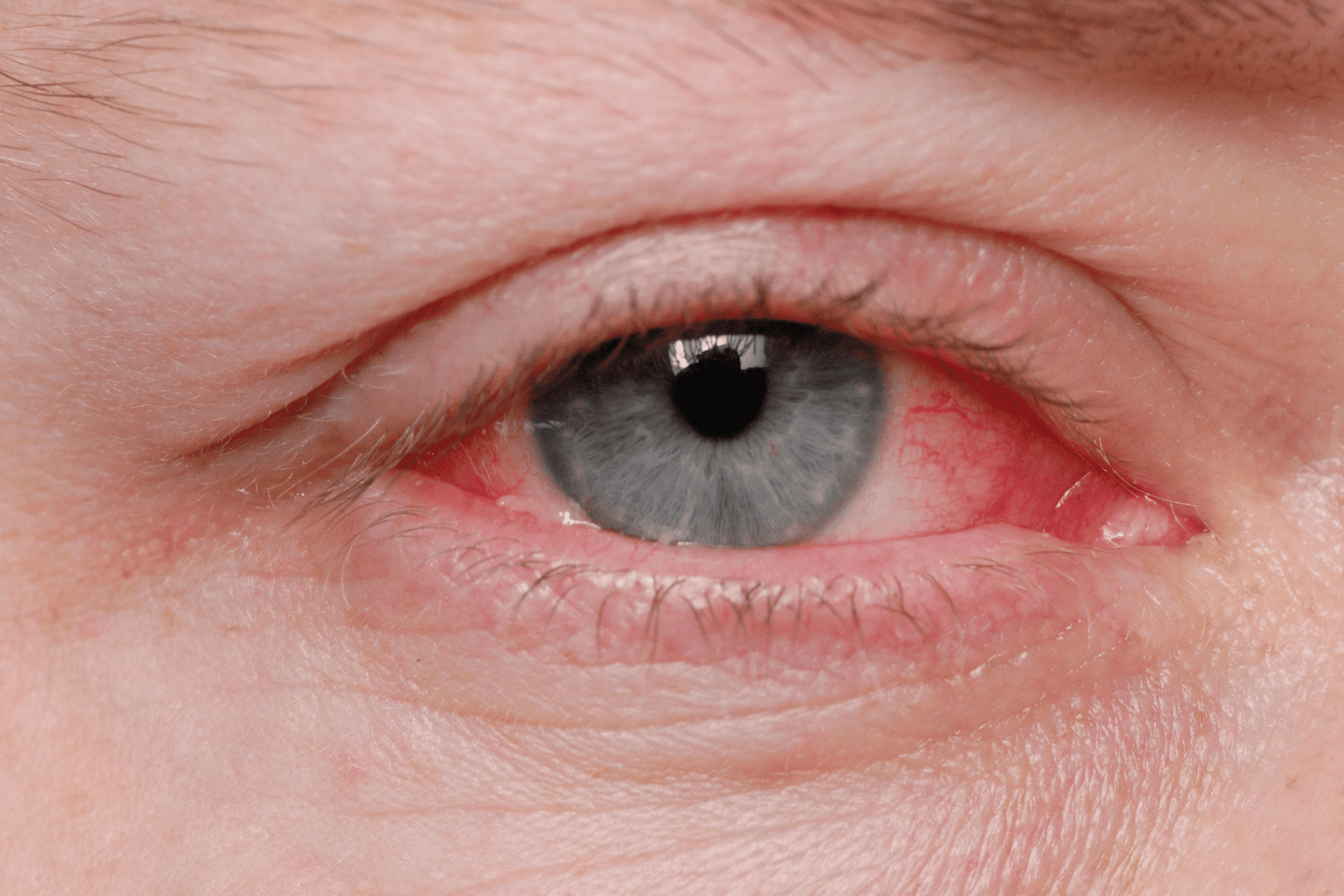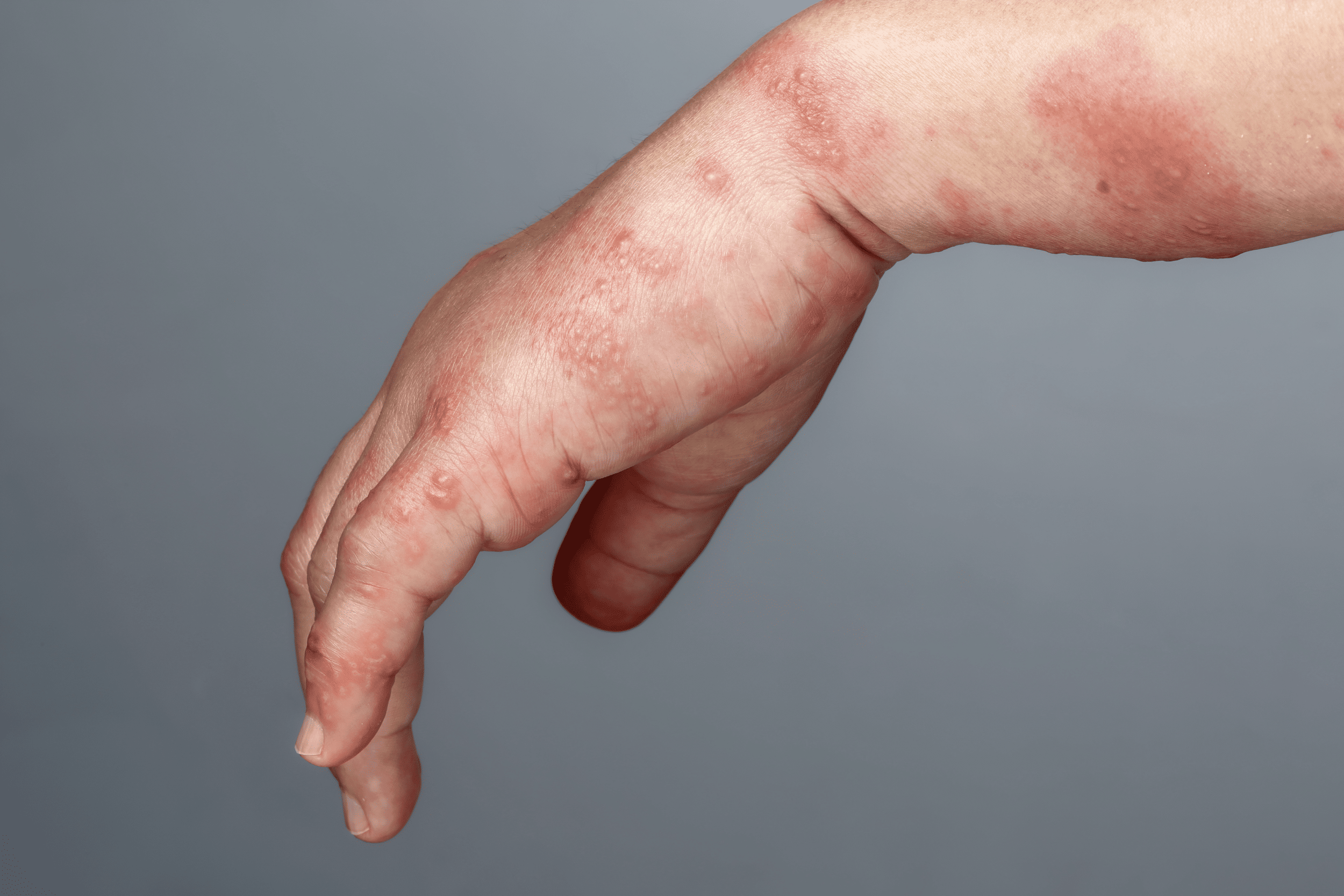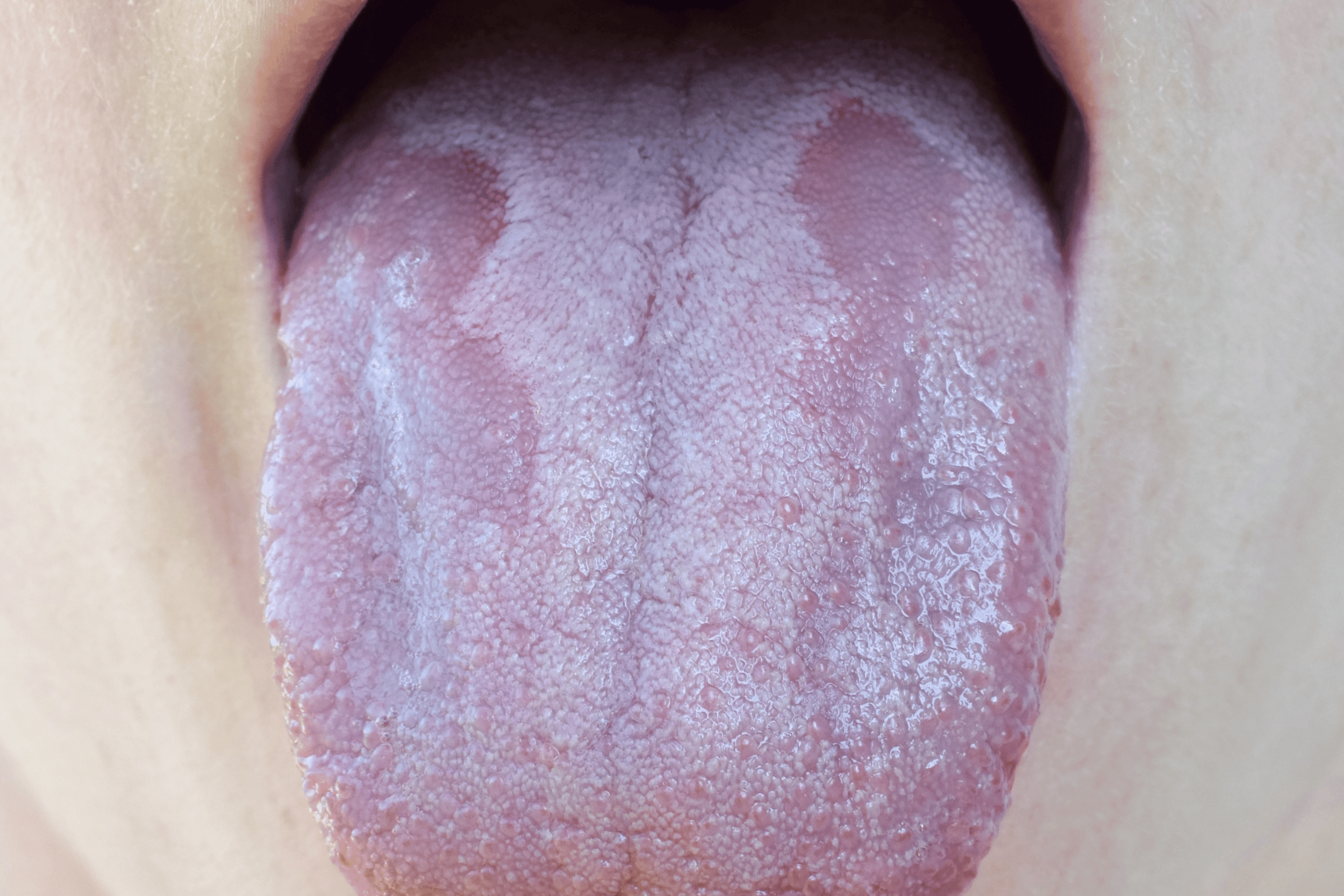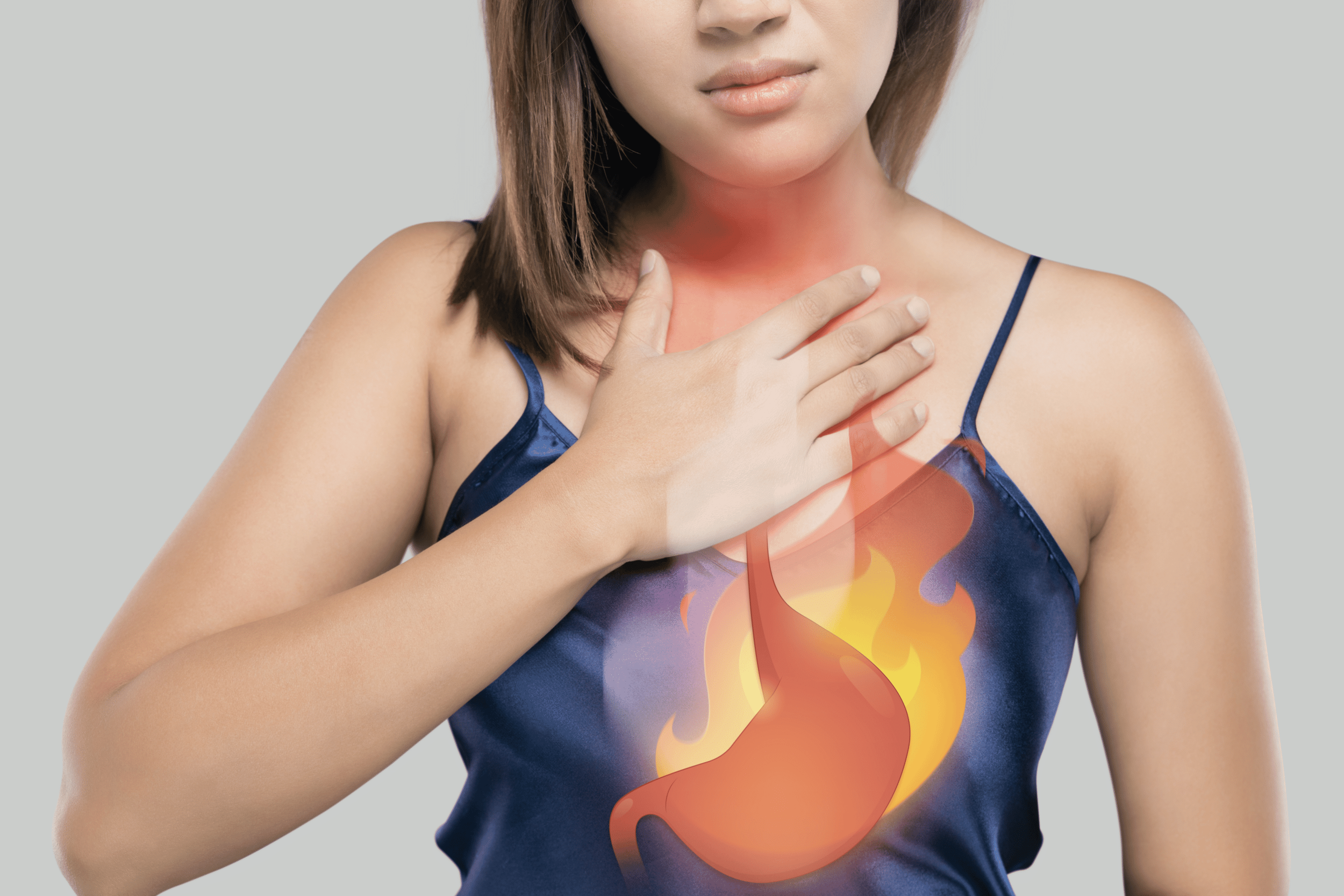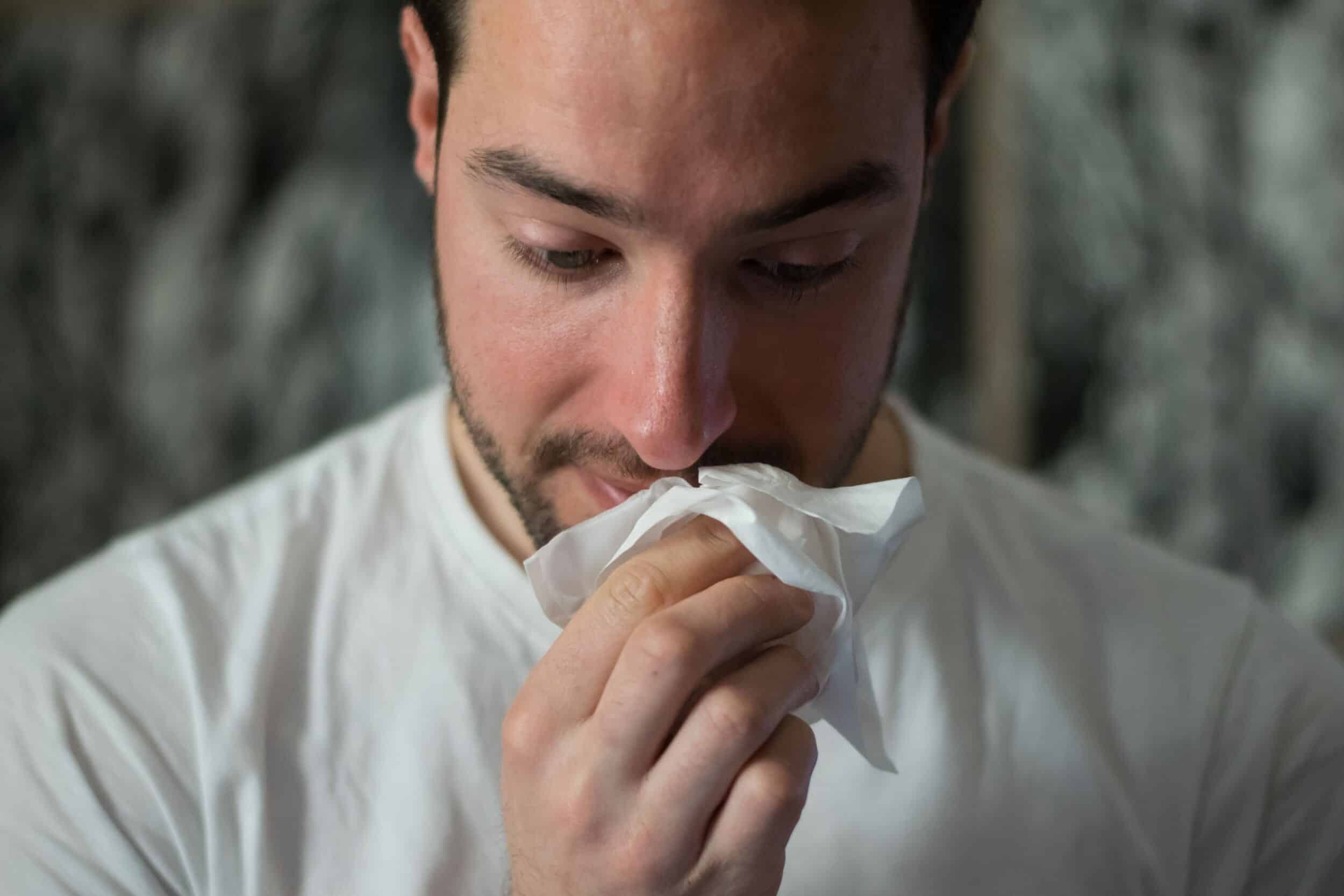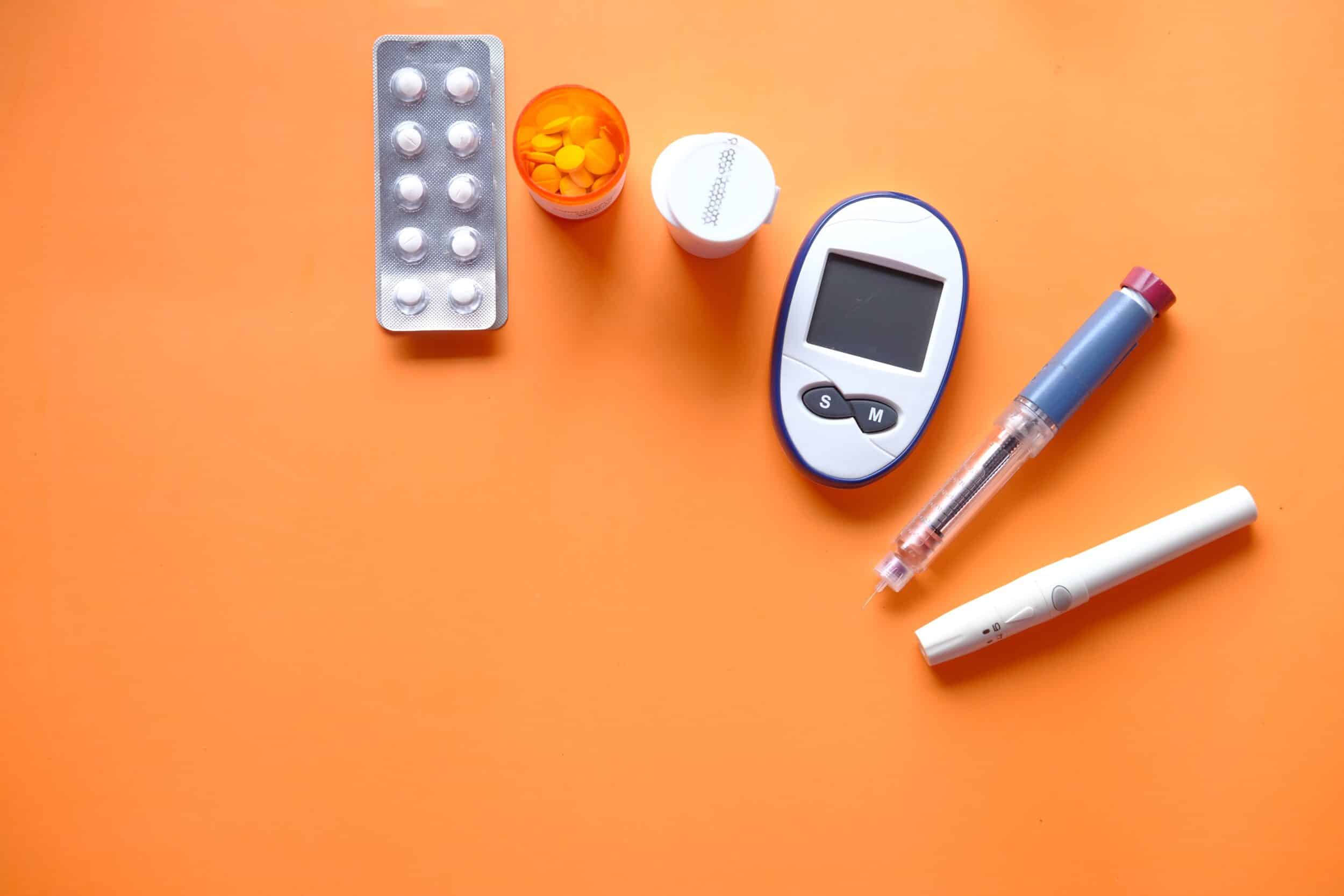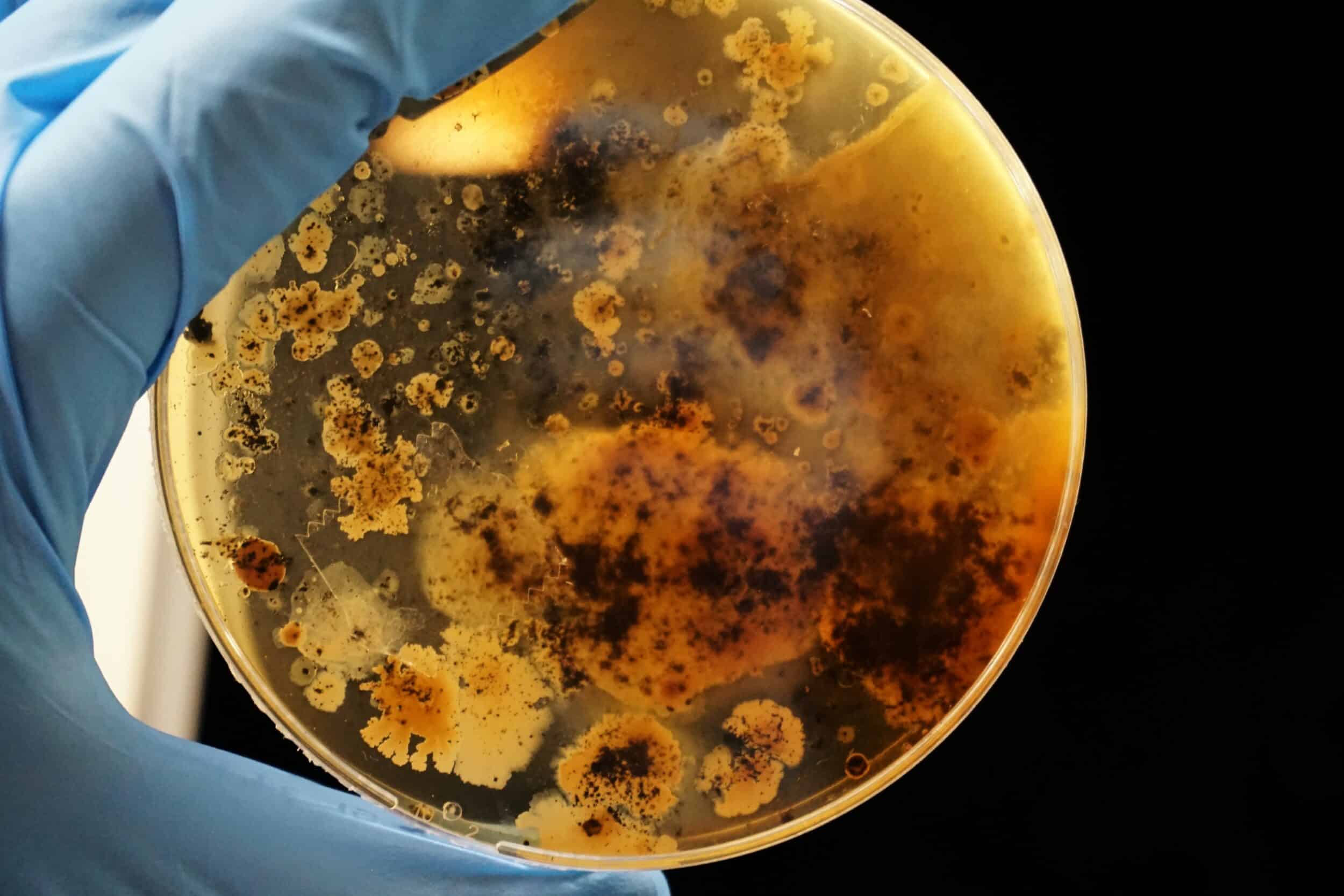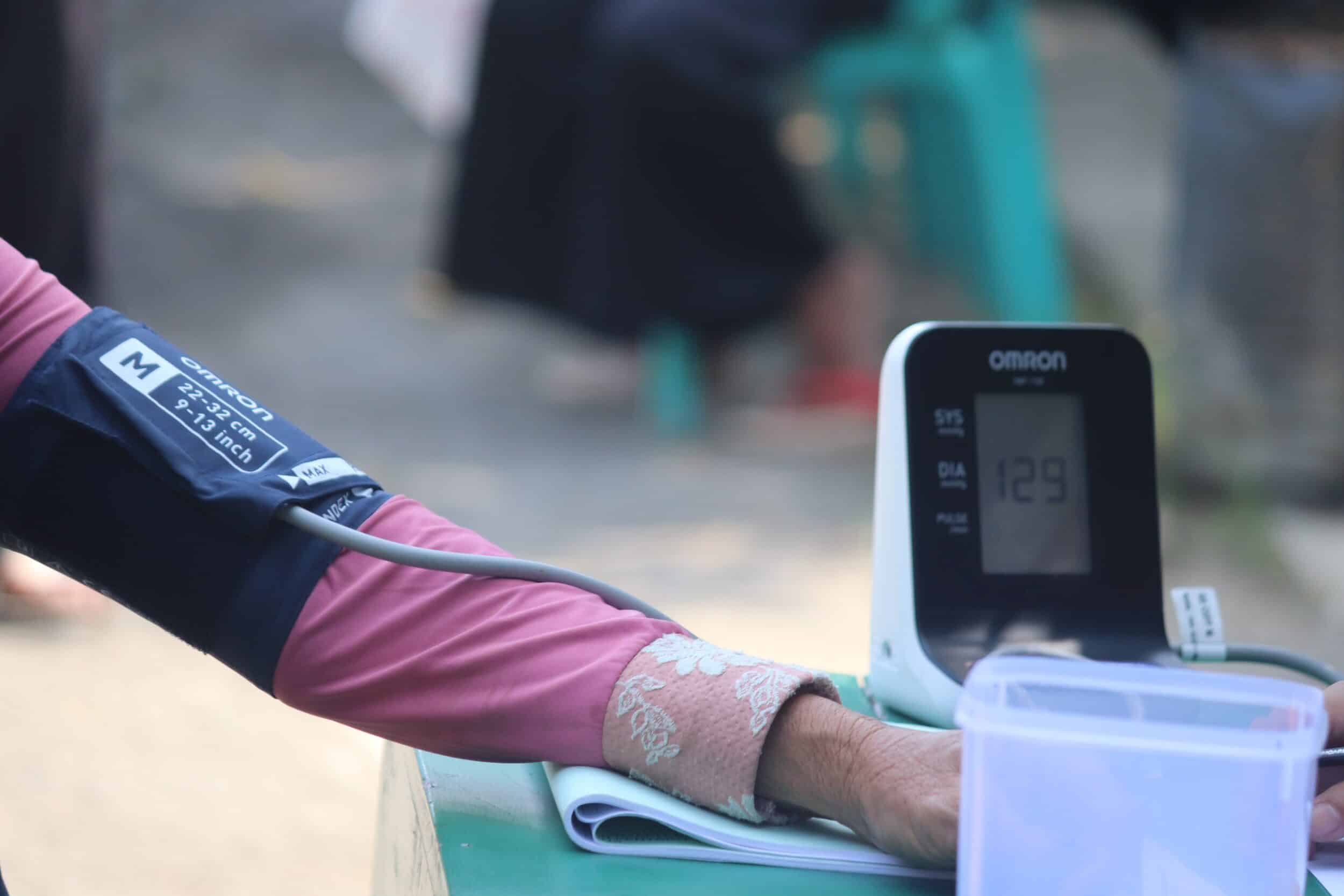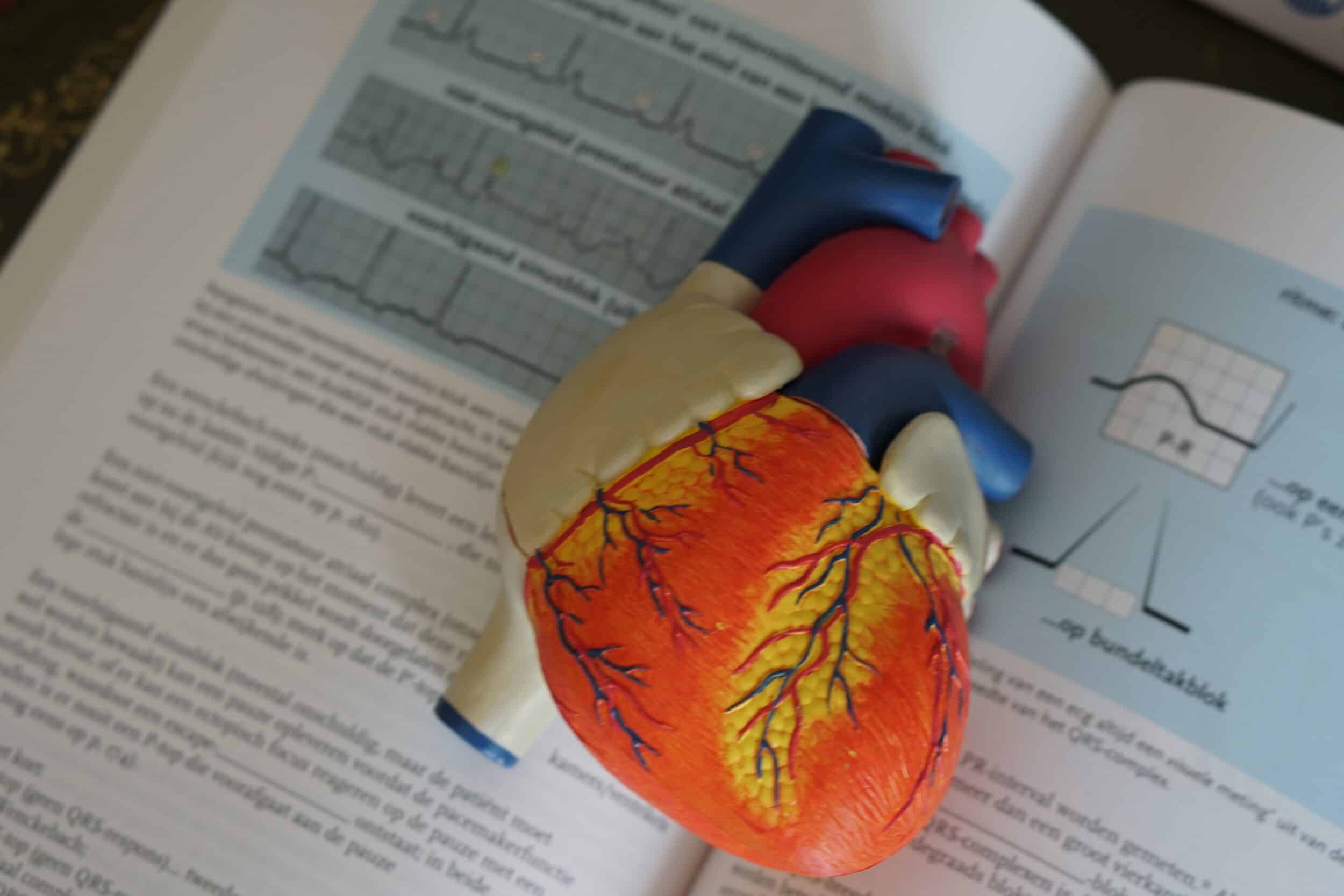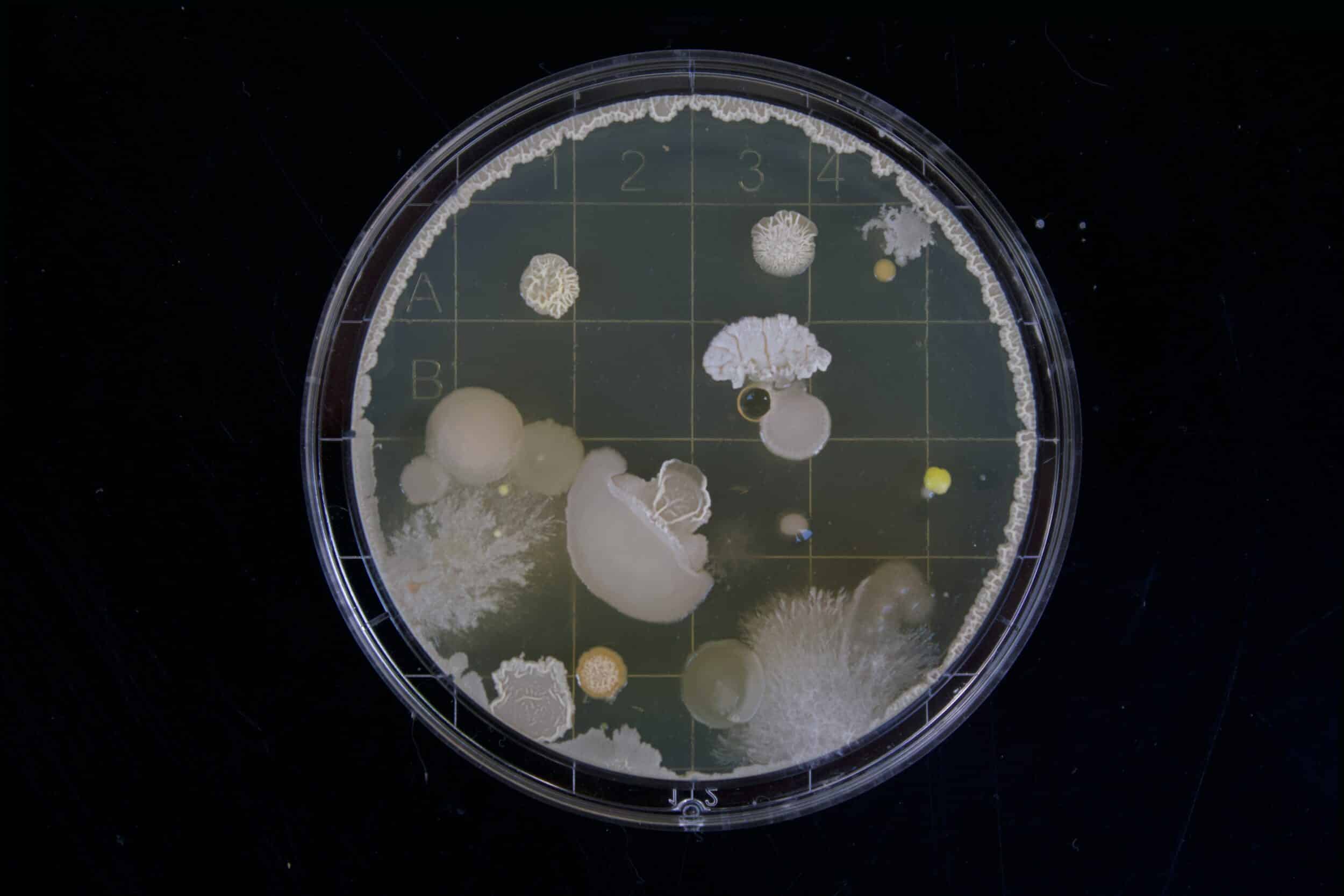Urgent care telehealth is a healthcare service that allows patients to access medical care remotely through video, phone, or messaging. It provides immediate attention for non-life-threatening medical conditions and offers convenience, accessibility, and cost savings.
What Are the Benefits of Urgent Care Telehealth?
When a patient visits an urgent care, it is typically not for the most exciting or happy reason. Seeking treatment at an urgent care in person can be difficult. Many sick or injured patients go to urgent care because they may have too long of a wait time to get an appointment with their primary doctor. This can lead to long waits at the urgent care, especially during flu season, and cause an inconvenience to those already feeling under the weather.
However, at MB Personalized Care, we offer virtual urgent care treatment to patients looking for immediate care without leaving the comfort of their homes and exposing others to their illnesses. With a more convenient approach to urgently needed medical care, our team is happy to provide patients with the treatment they need to restore their health.
What Is the Difference Between Seeking Treatment Through Urgent Care and the Emergency Room?
The ER is meant for patients who need immediate medical care that could save their life. Seeking treatment at urgent care can help patients get the care they need without waiting to schedule an appointment with their primary doctor, which may take several weeks or even months. Urgent care treatment benefits patients who are not suffering from severe or life-threatening injuries or illnesses.
How Can I Prepare for My Urgent Care Visit?
If you need treatment from an urgent care visit, you may not feel 100%. However, if you have enough energy or if a loved one is there to help, there are multiple things you can do to ensure that their urgent care visit runs smoothly. These preparations can include:
- Make a list of all current medications, supplements, and vitamins you are taking
- Make a list of all your allergies
- Make a list of previous surgeries
- Take note of the symptoms you are currently experiencing
At MB Personalized Care, we treat the following Urgent Care conditions:
Asthma
Is a condition in which your airways narrow and swell and may produce extra mucus. This can make breathing difficult and trigger coughing, a whistling sound (wheezing) when you breathe out, and shortness of breath.
Birth Control
Contraception refers to various methods or techniques used to prevent pregnancy. These methods work by interfering with the normal process of conception, which involves the union of an egg from the woman and sperm from the man.
Cellulitis is a bacterial infection that affects the skin and underlying tissues. It is typically caused by bacteria entering the body through a break or crack in the skin.
Cellulitis is a bacterial infection that affects the skin and underlying tissues. It is typically caused by bacteria entering the body through a break or crack in the skin.
Cold sores typically appear as small, fluid-filled blisters on or around the lips, mouth, or occasionally on the nose or chin. They can be painful, itchy, and may cause a burning or tingling sensation before the blisters actually appear. Once the blisters break open, they can crust over and form a scab.
Erectile Dysfunction
Erectile dysfunction (ED), also known as impotence, is a medical condition characterized by the consistent or recurrent inability to achieve or maintain an erection sufficient for sexual intercourse. It is a common condition that can affect men of all ages but becomes more prevalent with increasing age.
"Pinky eye" is a colloquial term for a common eye condition called conjunctivitis. It is also known as "pink eye" due to the characteristic pink or reddish appearance of the eyes when the conjunctiva becomes inflamed and irritated. Conjunctivitis is an inflammation of the conjunctiva, which is the thin, transparent layer of tissue that lines the inside of the eyelid and covers the white part of the eyeball.
Scabies is a highly contagious skin infestation caused by the microscopic mite Sarcoptes scabiei. The mites burrow into the upper layer of the skin, where they lay eggs and cause intense itching and skin irritation. Scabies can affect people of all ages, races, and social classes.
Toenail Fungus
Toenail fungus, also known as onychomycosis, is a common fungal infection that affects the toenails. It occurs when certain types of fungi (usually dermatophytes) infect the nails, causing them to become thickened, discolored, brittle, and distorted in shape.
Sexually Transmitted Disease (STD)
STD stands for Sexually Transmitted Disease, which is a term used to describe infections that are primarily spread through sexual contact. These infections can be caused by bacteria, viruses, parasites, or fungi, and they can affect both men and women. STDs are highly contagious and can be transmitted through various sexual activities, including vaginal, anal, and oral sex.
Vitiligo
Vitiligo is a skin disorder characterized by the loss of skin color in patches. It occurs when the melanocytes, the cells responsible for producing the pigment melanin, are destroyed or stop functioning. As a result, the affected areas of the skin lose their natural color and become white or depigmented.
UTI stands for Urinary Tract Infection. It is a common infection that affects any part of the urinary system, which includes the kidneys, ureters (tubes connecting the kidneys to the bladder), bladder, and urethra (the tube through which urine passes out of the body).
A yeast infection, also known as candidiasis, is a common fungal infection caused by an overgrowth of the yeast Candida species. Candida is naturally present in small amounts in various parts of the body, including the skin, mouth, and vaginal area. However, under certain conditions, such as a weakened immune system, hormonal changes, or antibiotic use, the yeast can multiply rapidly, leading to an infection.
A rash is a noticeable change in the texture or appearance of the skin. It can manifest as redness, bumps, blisters, itching, or scaling and may occur in a localized area or spread over a larger part of the body.
Weight Loss
Weight loss, also spelled "weight loss," refers to the reduction of body weight, typically through a combination of fat, muscle, and fluid loss. It can occur intentionally as a result of efforts to improve health, achieve fitness goals, or manage certain medical conditions, or it can happen unintentionally due to factors such as illness or stress.
Acid reflux, also known as gastroesophageal reflux disease (GERD) or heartburn, is a common digestive disorder characterized by the regurgitation of stomach acid into the esophagus. The esophagus is the tube that carries food from the mouth to the stomach. Normally, a muscular ring called the lower esophageal sphincter (LES) acts as a valve, preventing stomach acid from flowing back up into the esophagus.
Allergies
Allergies are an overreaction of the immune system to substances that are usually harmless. These substances, known as allergens, can trigger an immune response in some individuals, leading to various symptoms. Allergies can affect people of all ages and can develop at any time during a person's life.
Bacterial vaginosis (BV) is a common vaginal infection that occurs when there is an imbalance in the natural bacterial flora in the vagina. Normally, the vagina contains a balance of different types of bacteria that help maintain a healthy environment. However, when there is a decrease in the number of beneficial bacteria (such as Lactobacillus species) and an overgrowth of harmful bacteria, BV can develop.
Chlamydia
Chlamydia is a common sexually transmitted infection (STI) caused by the bacterium Chlamydia trachomatis. It is one of the most prevalent bacterial STIs worldwide and can affect both men and women. Chlamydia can be transmitted through vaginal, anal, or oral sexual contact with an infected partner.
Diabetes
Diabetes, also known as diabetes mellitus, is a chronic medical condition that affects how the body uses glucose (sugar) as its primary source of energy. Glucose comes from the food we eat and is transported to cells through the bloodstream. In order for glucose to enter the cells and be used for energy, the hormone insulin is required.
Gonorrhea
Gonorrhea is a common sexually transmitted infection (STI) caused by the bacterium Neisseria gonorrhoeae. It is primarily transmitted through sexual contact, including vaginal, anal, and oral sex, with an infected partner.
Helicobacter Pylori Treatment
1. pylori stands for Helicobacter pylori, which is a type of bacteria that can infect the stomach lining and the upper part of the small intestine. H. pylori is one of the most common bacterial infections in humans and is estimated to infect over half of the world's population. H. pylori is primarily transmitted through oral-oral or fecal-oral routes, usually during childhood. The exact mode of transmission is not fully understood, but it is believed that contaminated food, water, or utensils may play a role in its spread.
High Blood Pressure
High blood pressure, also known as hypertension, is a common medical condition in which the force of blood against the walls of the arteries is consistently too high. Blood pressure is measured in millimeters of mercury (mmHg) and is expressed as two numbers, such as 120/80 mmHg. The first number (systolic pressure) represents the pressure in the arteries when the heart contracts and pumps blood, while the second number (diastolic pressure) represents the pressure when the heart is at rest between beats.
High cholesterol
High cholesterol, also known as hypercholesterolemia, is a condition characterized by elevated levels of cholesterol in the blood. Cholesterol is a waxy, fat-like substance that is found in the cells of the body and is essential for various bodily functions, including hormone production and the formation of cell membranes. However, when cholesterol levels become too high, it can lead to the buildup of plaque on the walls of the arteries, a condition known as atherosclerosis.
Lyme Treatment
Lyme disease is a tick-borne infectious disease caused by the bacterium Borrelia burgdorferi. It is primarily transmitted to humans through the bite of infected black-legged ticks (also known as deer ticks) that are carrying the bacteria. Lyme disease is most commonly found in regions with dense woods, grassy areas, and areas with wildlife, where ticks thrive.
Methicillin-resistant Staphylococcus Aureus (MRSA)
Staphylococcus aureus, commonly known as staph, is a bacteria that can live harmlessly on the skin and in the nasal passages of many healthy individuals. However, when the bacteria enter the body through cuts, wounds, or surgical sites, they can cause infections. MRSA is particularly concerning because it has acquired resistance to multiple antibiotics, making it more difficult to treat.
Melasma
Melasma is a common skin condition characterized by the development of dark, discolored patches on the skin. These patches typically appear on the face, particularly on the cheeks, forehead, upper lip, and chin, but they can also occur on other areas of the body exposed to sunlight, such as the neck and arms. Melasma is more common in women than men. It is often associated with hormonal changes, particularly during pregnancy (chloasma or "mask of pregnancy") or when taking certain hormonal medications like birth control pills.
Rosacea
Rosacea is a common chronic skin condition that primarily affects the face, causing redness, visible blood vessels, and sometimes pimples and swelling. It typically starts with episodes of flushing and redness, which can eventually become more persistent and permanent over time.
Overactive Bladder (OAB)
Overactive bladder (OAB) is a medical condition that refers to a frequent and urgent need to urinate, often accompanied by involuntary bladder contractions, even when the bladder is not full. It can lead to a sudden and uncontrollable urge to urinate, which may be difficult to suppress and can sometimes result in urinary incontinence (leakage of urine).


